"Still remember it:" July 31st marks 50 years since Milwaukee riots in 1967
MILWAUKEE -- Monday, July 31st marked a memorable day in Milwaukee's history. Fifty years ago, the city was thrown into chaos in a racial upheaval. It had never been seen here before that day.
The 1967 Milwaukee riot was one of 159 riots to occur in United States cities during the summer of 1967.
Racial tension, anger and fear were high. Mayor Henry Maier called for a citywide curfew, and the National Guard moved in. It was a night like no other in Milwaukee -- bloody, terrifying and dangerous.
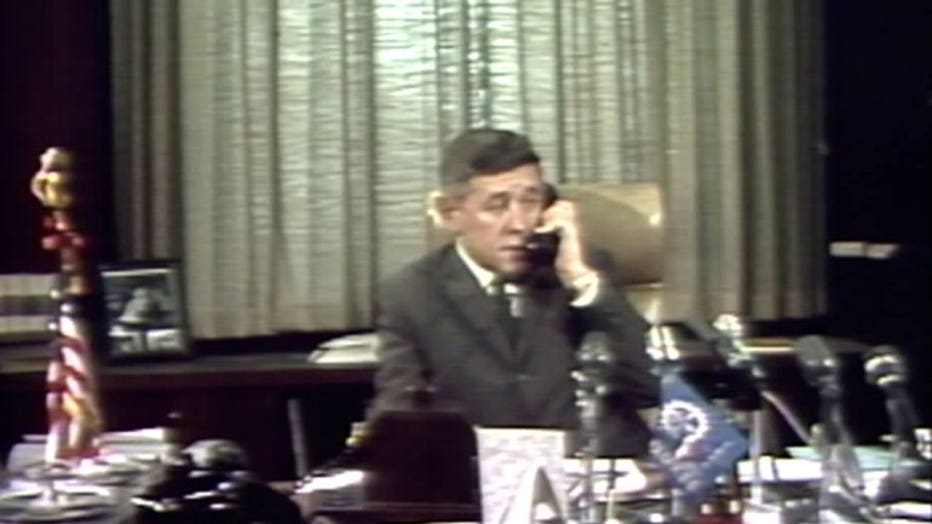
"I was scared and I still remember it today. It's frightening because I could have been shot," Clayborn Benson said.
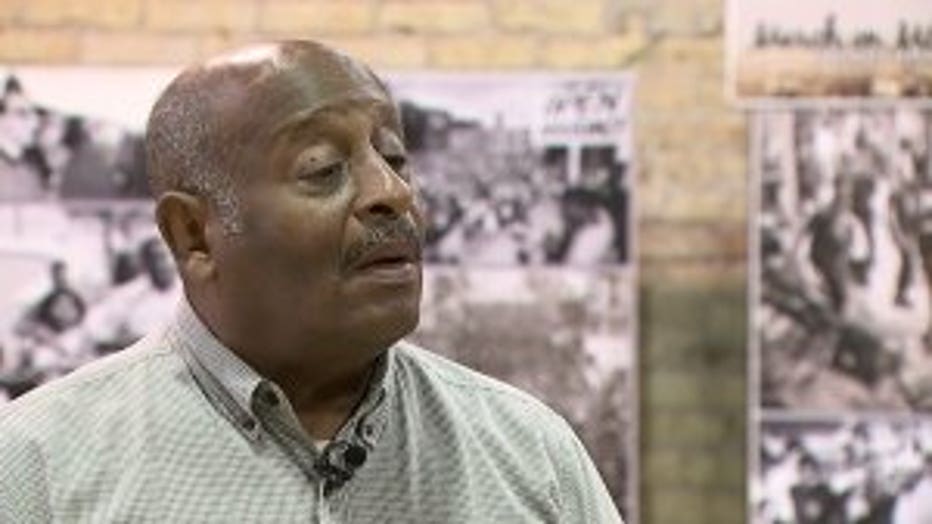
Clayborn Benson
Benson on Monday reflected on the unrest in Milwaukee 50 years ago, in 1967, when he was 16 years old. People overturned cars, knocked down power lines and set houses and cars on fire. There were even sniper shootings.
"Whatever they could do to disrupt the system and the police system," Benson said.
A police radio transcript shows the escalation of that night:
"The fire's out of control. All shotguns being brought down from headquarters and training school. Gang beating a white man. Two white males with rifles. Second and Center. Two coppers shot."
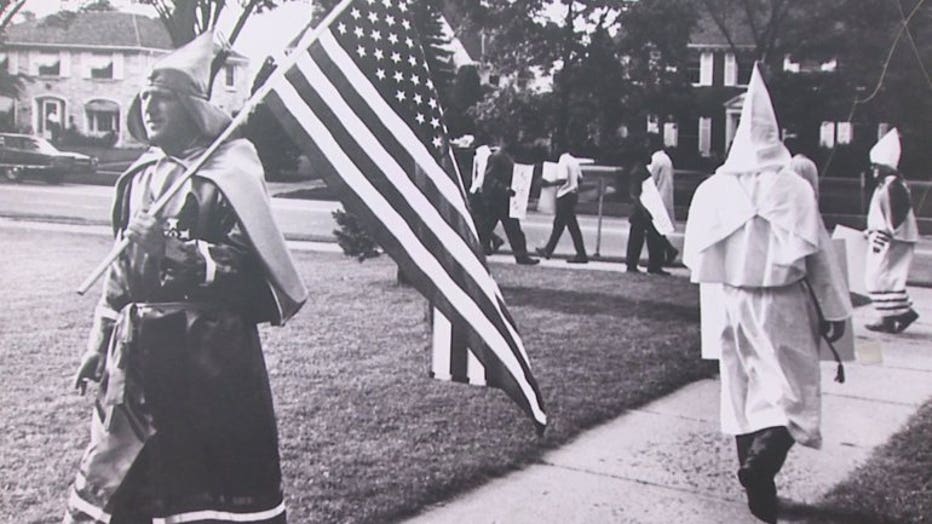
Benson said conditions before the riot in Milwaukee were like a powder keg. Desegregation was going on, as well as racial and housing discrimination. He said African-Americans had been moved out of their neighborhoods to make way for massive road work, and factories were laying off many of them.
"Everywhere. People are exploding. People are frustrated. They don't have any jobs. They feel lost. They're in neighborhoods that they're unfamiliar with and their told that they're not wanted in those particular neighborhoods," Benson said.
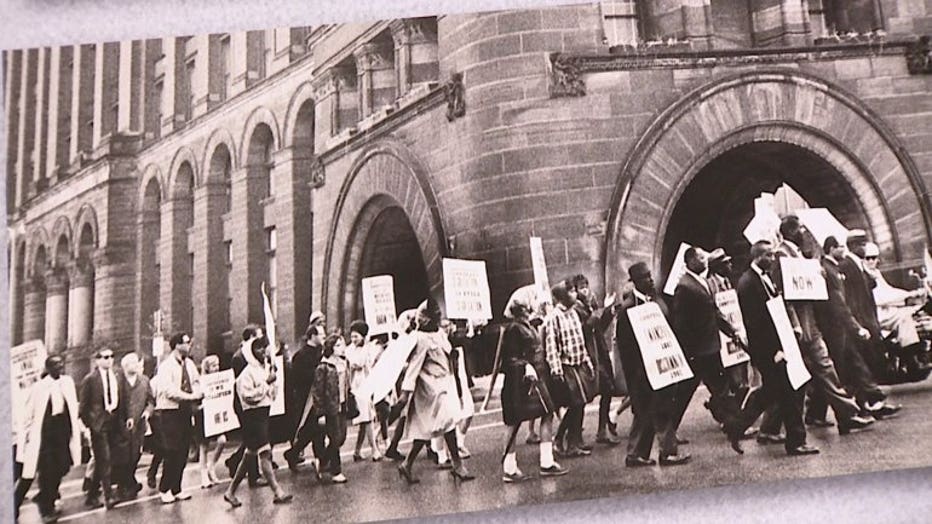
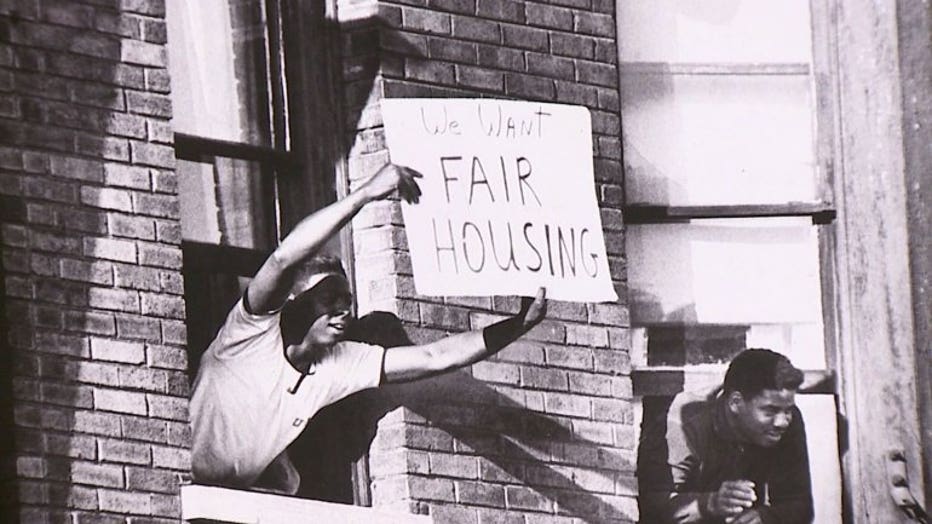
As for then-16-year-old Benson, the night of the riot, he walked under
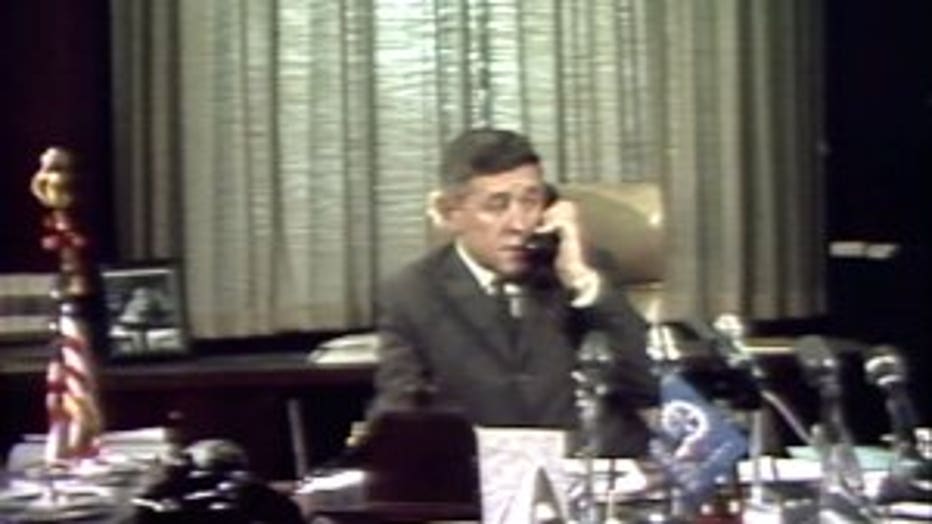
an overpass to see his girlfriend.
"As I moved up there, I met the gun of a National Guard soldier who was threatening to shoot me. Rightly so because I was past the curfew," Benson said.
When the rioting was all over, four people had lost their lives. The riot was followed by 200 days of marching for open housing.

